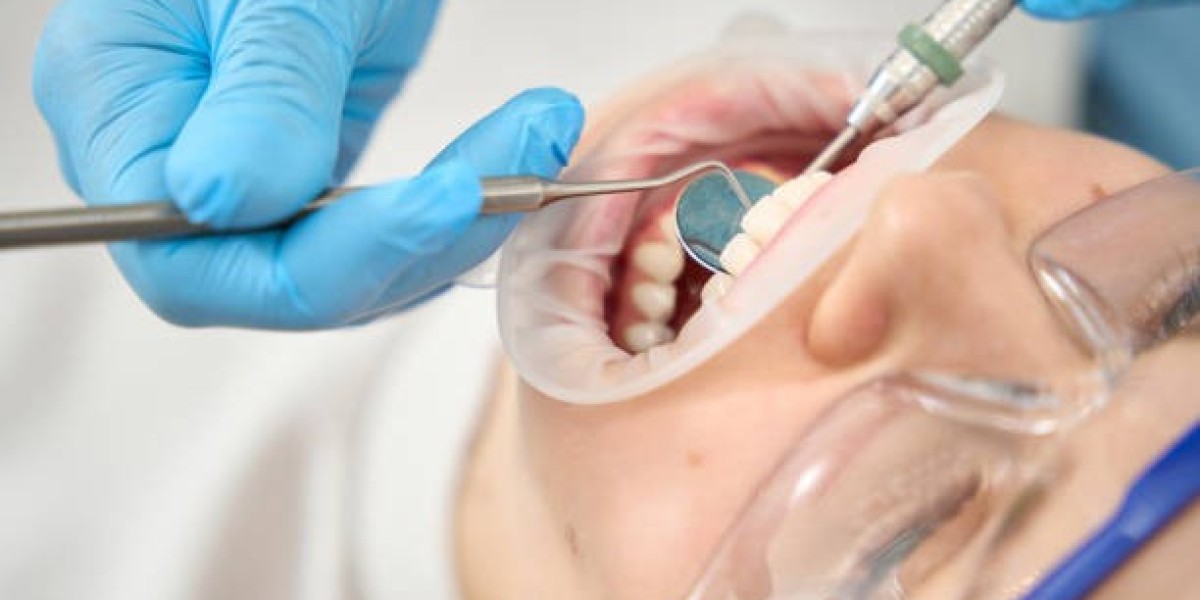A root canal is a dental procedure often misunderstood and feared due to misconceptions about pain and outcomes. However, this essential treatment can significantly improve oral health and quality of life.Root Canal Treatment in Islamabad, Rawalpindi & Pakistan Here, we explore the impact of a root canal on oral health before and after the procedure, highlighting the transformative effects it can have.
Before the Root Canal:
Symptoms and Issues
Pain: The most common symptom prompting a root canal is severe tooth pain, which can be constant or triggered by hot, cold, or biting. This pain originates from the nerve within the tooth becoming infected or inflamed due to decay, repeated dental procedures, cracks, or trauma.
Swelling and Tenderness: Infection in the pulp can lead to swelling around the tooth, which can sometimes spread to other areas of the face or neck.
Tooth Discoloration: An infected tooth may become darker due to the dying nerve inside the pulp.
Prolonged Sensitivity: Unlike a normal brief sensitivity to hot or cold, a tooth needing a root canal may experience prolonged sensitivity that lingers for several minutes.
Gum Issues: Issues like gum swelling, tenderness, or a recurring pimple-like abscess on the gums may be seen.
These symptoms reflect the deterioration of dental health and, if left untreated, can lead to more severe health issues, including the spread of infection and loss of the tooth.
The Root Canal Procedure:
A root canal involves removing the infected or inflamed pulp, carefully cleaning and shaping the inside of the canal (the space inside the roots), and then filling and sealing the space to prevent any further infection. With advancements in dental technology and anesthesia, the procedure is typically painless and can be completed in one or two visits depending on the condition of the tooth and personal circumstances.
After the Root Canal:
Immediate Outcomes
Pain Relief: The relief from pain is one of the immediate benefits following a root canal. Once the infection and inflamed pulp are removed, the tooth will gradually cease to cause pain.
Reduced Swelling: Any swelling or tenderness that was present because of the infection usually subsides after the root canal treatment and follow-up care.
Functionality Restored: A root canal allows you to retain your natural tooth, maintaining your chewing and biting force and sensation.
Prevention of Jawbone Degradation: Keeping your natural tooth helps prevent the jawbone from deteriorating and preserves the alignment of surrounding teeth.
Long-Term Health and Aesthetics:
Maintaining Tooth Appearance: After a root canal, a crown or filling is often placed to restore the tooth's shape and function. This not only strengthens the tooth but also improves its appearance.
Prevention of Further Decay and Infection: Properly sealed, the treated tooth is protected against future infections or decay at the site.
Improved Oral Health: With the source of infection removed, overall oral health improves, contributing to better general health and well-being.
Cost-Effectiveness: By preserving your natural tooth, a root canal can be more cost-effective in the long run compared to alternatives like tooth extraction and replacement with dental implants or bridges.
Conclusion:
A root canal can significantly transform oral health from a state of pain and dysfunction to one of health and normal function. This treatment not only alleviates severe pain but also prevents the spread of infection and preserves the natural tooth, which is beneficial for overall dental health and functionality. Understanding these impacts can help alleviate fears and encourage individuals not to delay necessary dental treatments.








